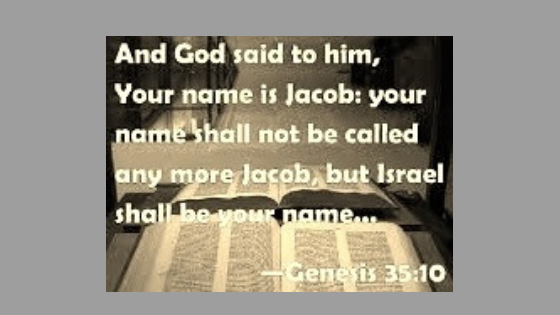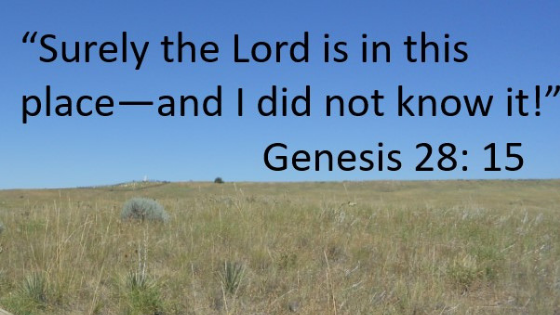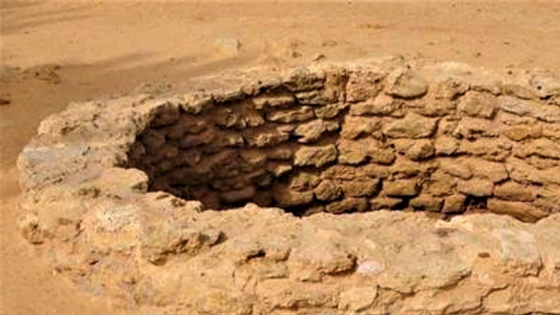
Shabbat Table Talk
Parashat Vayak’hel-Pekudei – Erev Shabbat 9 March 2018
Week of 4 to 10 March 2018
Torah portion: Exodus 35:1-40:38 Haftarah: Ezekiel 36:16-38
The celebration of Sabbath this week at sundown of Friday is called Shabbat Parah or the “Sabbath of the Red Heifer” in preparation for the Pesach (Passover). The reference for this is Numbers 19:1-22 which describes the red heifer, or parah adumah as part of the purification ritual for the priests and the people. This reading, from the Book of Numbers, is the Torah portion assigned to be read. (www.jewfaq.org)
In this commentary, however, I am going to write about Parashat Vayak’hel-Pekudei according to the chronological order of the Torah portions. The general content of Vayak’hel is the recapitulations of the building of the Tabernacle which has already been described in details in the preceding parashiyot. Pekudei contains the inventory of the materials used in the Tabernacle building project. The parashah ends the Book of Exodus. It is a tradition to end the reading with, “Chazak, chazak, v’nitchazek!” (Be strong, be strong and may we be strengthened!)
The descriptions in the parashah are quite thorough and detailed. So, in order to imbibe the spirit of the parashah, I would like to use the observations of Rashi, who is known in the Jewish Biblical Studies for his elucidation of the Torah at the level of peshat or the plain meaning of the text. The other author or teacher whom I wish to use is Nehama Leibowitz, a Torah teacher, whose work is equally meticulous.
Rashi observed that there is a difference in the sequence of God’s command regarding the Sabbath in Exodus 31:12-17. It began with the command to keep the Sabbath holy, then proceeded to verse 15 saying, “Six days shall work be done, but on the seventh day…” In the parashah that we are reading, it is the reverse. (Herczeg, 488) What does this tell us? The reversal of order is an emphasis given that even creative work as important as the construction of the Mishkan or the Tabernacle cannot overturn the Sabbath commandments.
Leibowitz, in the study that she prepared for this parashah, noticed that the recapitulations, when the artists and workers began to report what they had done, were a repetition of the ones already stated previously. While the text could easily say, “it was done as per instruction of Moses,” or something similar, it chose to restate the details again. Using different rabbinic commentaries, the following reasons were posited: it may be because the instructions had to be continually repeated for them to be followed accurately or that it may be the narrative convention of the literature of the time. The latter was the most accepted. Similar to the offering of first fruits and first born, the repetition stressed the symbolic significance of each detail and the dedication of the fruit of each worker’s labors in preparation for life in the Promised Land.
The above examples are the works of these admirable scholars whose attention to details led to significant insights. Their dedication to Torah Study can be likened to the dedication of the artisans, like Bezalel and Oholiab, whose work produced a beautiful Tabernacle in the wilderness! Indeed, “God is in the detail.”
Reflection and Discussion: 1) How can I develop my attentiveness to the Scriptures? 2) As a Christian, how can the Jewish way of reading the Torah enhance the way I read the Gospel? 3) After finishing each Book of the Torah, we pray, “Chazak, chazak, v’nitchazek!” (Be strong, be strong, may we be strengthened!). What does it mean for you?
Bibliography: Herczeg, Rashi: Shemos/ Exodus (Mesorah Publications, New York, 1995); Leibowitz, New Studies in Shemot (Haomanim Press, Jerusalem, 1995)
~~~~~~~~~~~~~~~~~~
This week’s teaching commentary was prepared by
Sr. Petite Lao, RNDM, Bat Kol Alum 2010, 2014
e-mail address: petitelao@gmail.com
[Copyright © 2018]
………………………………………………………………………
PLEASE NOTE: The weekly Parashah commentaries represent the research and creative thought of their authors, and are meant to stimulate deeper thinking about the meaning of the Scriptures. While they draw upon the study methods and sources employed by the Bat Kol Institute, the views and conclusions expressed in these commentaries are solely those of their authors, and do not necessarily represent the views of Bat Kol. The commentaries, along with all materials published on the Bat Kol website, are copyrighted by the writers, and are made available for personal and group study, and local church purposes. Permission needed for other purposes. Questions, comments and feedback are always welcome.
………………………………………………………………………
Bat Kol Institute for Jewish Studies, Jerusalem
1983-2018
“Christians Studying the Bible within its Jewish milieu, using Jewish Sources.”
Website: www.batkol.info; Parashah Admin: gill@batkol.info



